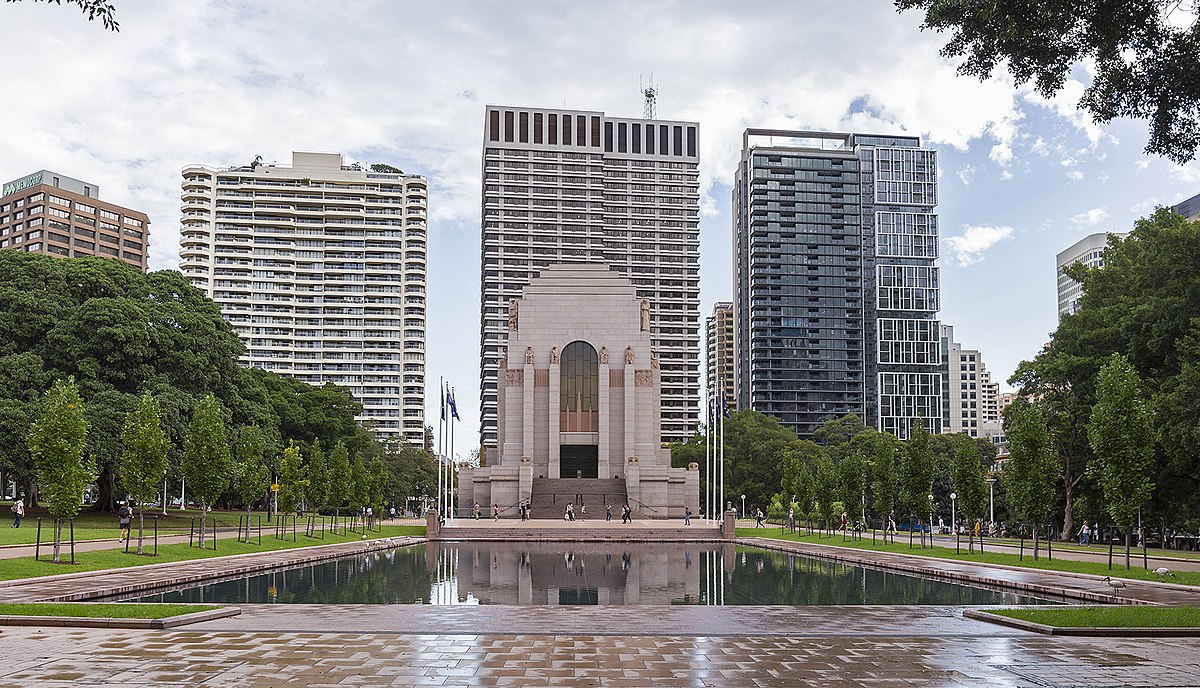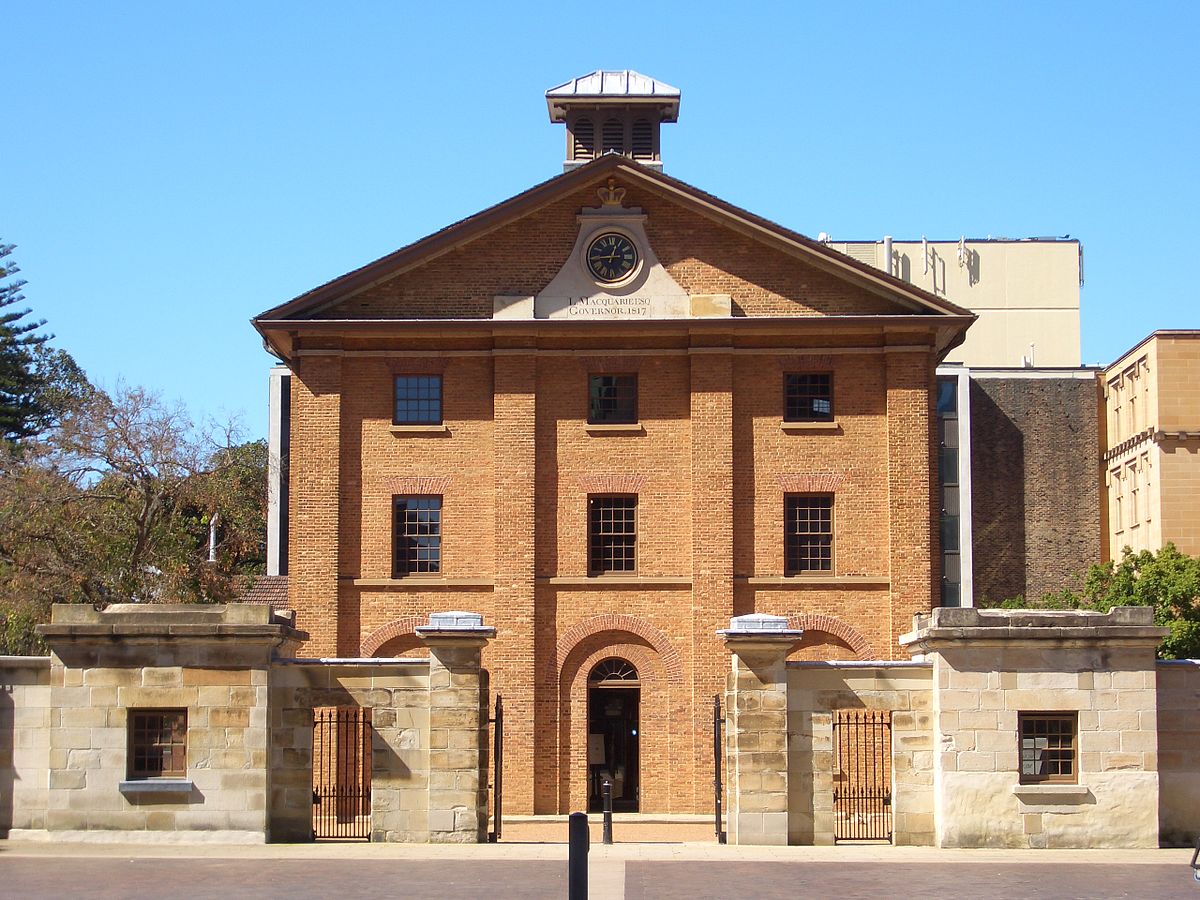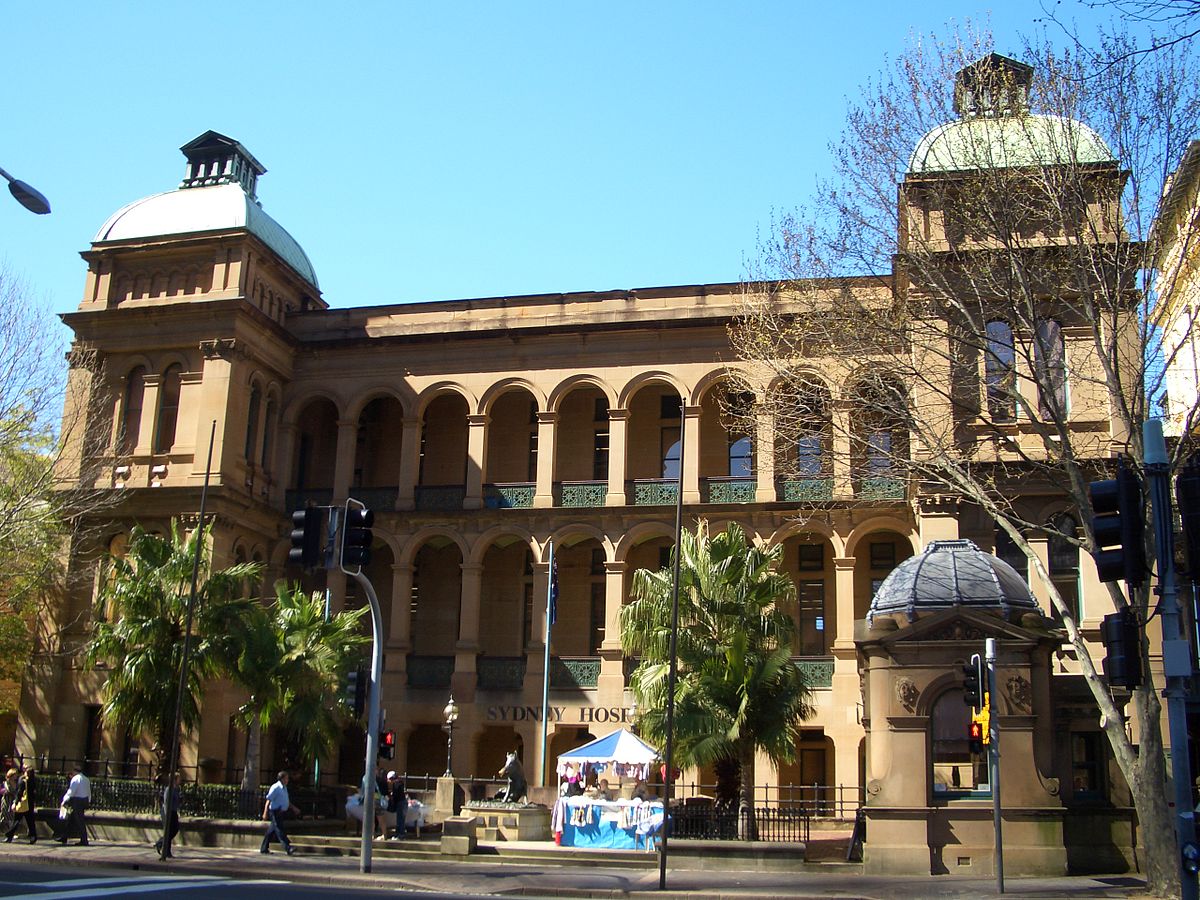
One of the most intriguing aspects of the memorial's design was the controversy surrounding Hoff's proposed sculptures. Two sculptures, "Crucifixion of Civilization 1914" and "Victory after Sacrifice 1918," were deemed too evocative and were eventually abandoned due to criticism from religious leaders[1]. Despite these challenges, the memorial became a central point for commemorative events, including Anzac Day ceremonies.
The memorial's construction was not without its challenges. The site in Hyde Park was chosen after considering several other locations, including Observatory Hill, which was rejected due to its proximity to the planned Sydney Harbour Bridge. The memorial's base originally housed offices for veterans' organizations but was later converted into exhibition space during the 1984 rededication[2]. Today, the Anzac Memorial remains a significant historical landmark in Sydney, hosting numerous commemorative events throughout the year.













